Sea Navigation Through Time: A Historic Journey
Sea navigation has played a crucial role in human history, allowing civilizations to explore new lands, trade with distant cultures, and expand their empires. From the early days of rafts and canoes to the modern era of cruise ships and cargo vessels, sea navigation has evolved significantly, driven by advancements in technology and the need for efficient transportation. This article will provide a comprehensive overview of the history of sea navigation, exploring its early beginnings, its impact on exploration and trade, the challenges faced by navigators, and the future of this essential practice.
Key Takeaways
- Sea navigation began with rafts and canoes in the early days.
- Sailing ships evolved from galleys to clipper ships.
- Navigation played a crucial role in the age of exploration.
- Technology impacted navigation from sextants to GPS.
- Navigation played a significant role in trade and commerce.
The Early Days of Sea Navigation: From Rafts to Canoes
The history of sea navigation dates back thousands of years, with early humans using simple watercraft such as rafts and canoes to navigate bodies of water for fishing and transportation. These early forms of watercraft were made from materials readily available in their surroundings, such as logs or bundles of reeds tied together. While these vessels were effective for short distances and calm waters, they had their limitations. They were slow and lacked stability, making them unsuitable for long voyages or rough seas.
The Evolution of Sailing Ships: From Galleys to Clipper Ships
The invention of the sail revolutionized sea navigation, allowing ships to harness the power of the wind and travel faster and more efficiently. The development of different types of sailing ships, from galleys to clipper ships, further improved the capabilities of sea navigation. Galleys were propelled by oars and were used primarily for warfare or short-distance travel. However, they were limited by their reliance on manpower and were not suitable for long voyages.
The Age of Exploration: Navigating Uncharted Waters
| Exploration | Year | Distance Traveled | New Discoveries |
|---|---|---|---|
| Christopher Columbus | 1492 | 4,000 miles | The Caribbean Islands |
| Vasco da Gama | 1497-1499 | 24,000 miles | India and the Indian Ocean |
| Ferdinand Magellan | 1519-1522 | 42,000 miles | The Strait of Magellan and the Philippines |
| Sir Francis Drake | 1577-1580 | 36,000 miles | The Pacific Ocean and the West Coast of North America |
The Age of Exploration was a pivotal period in the history of sea navigation. Motivated by a desire to find new trade routes and expand their empires, explorers set out to navigate uncharted waters and discover new lands. However, navigating unknown waters presented significant challenges. Explorers had to rely on rudimentary navigational tools such as compasses, astrolabes, and cross-staffs to determine their position and course. They also had to contend with unpredictable weather conditions, treacherous coastlines, and the constant threat of shipwrecks.
The Impact of Technology: From Sextants to GPS
The invention of navigational tools such as the sextant and chronometer in the 18th century revolutionized sea navigation. These tools allowed navigators to determine their latitude and longitude with greater accuracy, making long-distance voyages safer and more efficient. The evolution of navigational technology continued with the introduction of radio beacons, radar, and eventually GPS (Global Positioning System). GPS has become an indispensable tool for modern navigators, providing real-time positioning information and enhancing safety at sea.
The Role of Navigation in Trade and Commerce

Sea navigation has always played a crucial role in trade and commerce. The ability to transport goods by sea opened up new markets and allowed for the exchange of goods between distant cultures. Navigators played a vital role in ensuring the success of trade voyages by charting safe routes, avoiding hazards, and accurately estimating travel times. The development of trade routes such as the Silk Road and the Spice Route relied heavily on skilled navigators who could navigate through unfamiliar waters and negotiate with foreign cultures.
The Golden Age of Piracy: Navigating Danger on the High Seas
The Golden Age of Piracy in the 17th and 18th centuries posed significant challenges for sea navigation. Pirates roamed the seas, attacking merchant vessels and disrupting trade routes. Navigating in pirate-infested waters required navigators to be constantly vigilant, employing evasive maneuvers and seeking safe harbors. Pirates often targeted ships carrying valuable cargo, making navigation even more perilous. The threat of piracy led to the development of naval escorts and the establishment of pirate-hunting fleets to protect merchant vessels.
The Emergence of Naval Warfare: Navigating in Times of War
Naval warfare has always been a significant factor in sea navigation. During times of war, navies played a crucial role in protecting trade routes, blockading enemy ports, and engaging in battles at sea. Navigating in war zones presented unique challenges, as ships had to avoid enemy vessels, navigate minefields, and contend with the constant threat of attack. The development of naval tactics and strategies, as well as advancements in navigational technology, played a vital role in the success of naval operations.
The Race to the Poles: Navigating the Arctic and Antarctic
The race to the poles in the late 19th and early 20th centuries pushed the boundaries of sea navigation. Explorers such as Roald Amundsen and Robert Peary sought to be the first to reach the North and South Poles, respectively. Navigating in extreme conditions presented immense challenges, including freezing temperatures, shifting ice floes, and limited daylight. Explorers had to rely on their navigational skills and adapt to the harsh environment to successfully navigate through uncharted polar waters.
The Modern Era of Sea Navigation: From Cruise Ships to Cargo Vessels
The modern era of sea navigation has seen significant advancements in vessel design and technology. Cruise ships have become floating cities, offering luxurious accommodations, shopping and entertainment options for travelers. Cargo vessels have also evolved, becoming larger and more efficient, capable of transporting massive amounts of goods across the globe. Modern navigational technology such as GPS and radar has made sea navigation safer and more precise than ever before.
The Future of Sea Navigation: Advancements in Technology and Sustainability
The future of sea navigation holds exciting possibilities. Advancements in technology, such as autonomous ships and underwater drones, have the potential to revolutionize the industry. These innovations could improve safety, reduce costs, and increase efficiency. However, as the world becomes more aware of the environmental impact of shipping, sustainability will play a crucial role in the future of sea navigation. The development of eco-friendly fuels and the implementation of stricter regulations to reduce emissions will be essential for the industry’s long-term viability.
Sea navigation has played a vital role in human history, enabling exploration, trade, and the expansion of empires. From the early days of rafts and canoes to the modern era of cruise ships and cargo vessels, sea navigation has evolved significantly, driven by advancements in technology and the need for efficient transportation. While the challenges faced by navigators have changed over time, the importance of sea navigation remains constant. As we look to the future, advancements in technology and a focus on sustainability will shape the next chapter in the history of sea navigation.
If you’re interested in delving deeper into the fascinating history of navigating by sea, you won’t want to miss this informative article from The Sailing GPS. This comprehensive piece explores the evolution of navigation techniques and technologies throughout history, shedding light on the ingenious methods used by ancient mariners to navigate vast oceans. From celestial navigation to the advent of modern GPS technology, this article offers a captivating journey through time. Check it out here: https://thesailinggps.com/blog/.
FAQs
What is the history of navigating by sea?
Navigating by sea has been practiced for thousands of years, with evidence of seafaring dating back to ancient civilizations such as the Phoenicians and Egyptians.
What were some early methods of navigation by sea?
Early methods of navigation by sea included using the stars, sun, and moon to determine direction and position, as well as landmarks such as mountains and coastlines.
When did instruments for navigation by sea begin to be developed?
Instruments for navigation by sea began to be developed in the Middle Ages, with the invention of the magnetic compass and the astrolabe.
What was the impact of the Age of Exploration on navigation by sea?
The Age of Exploration in the 15th and 16th centuries led to significant advancements in navigation by sea, including the development of more accurate maps and the use of new instruments such as the sextant.
What is modern navigation by sea like?
Modern navigation by sea relies heavily on technology, including GPS systems and electronic charts, but traditional methods such as celestial navigation are still used by some sailors.


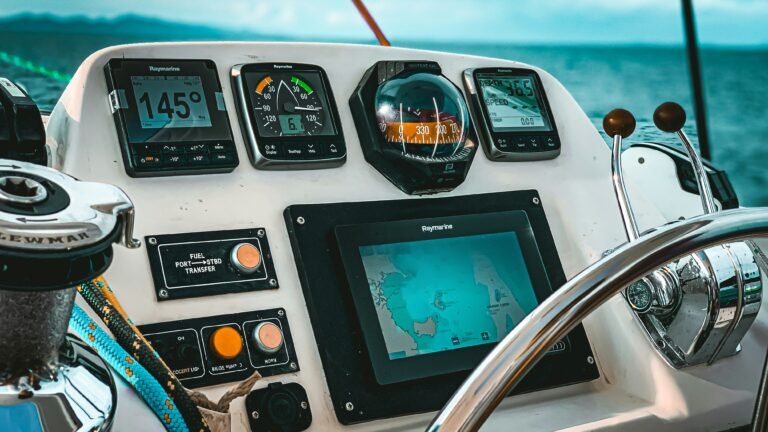
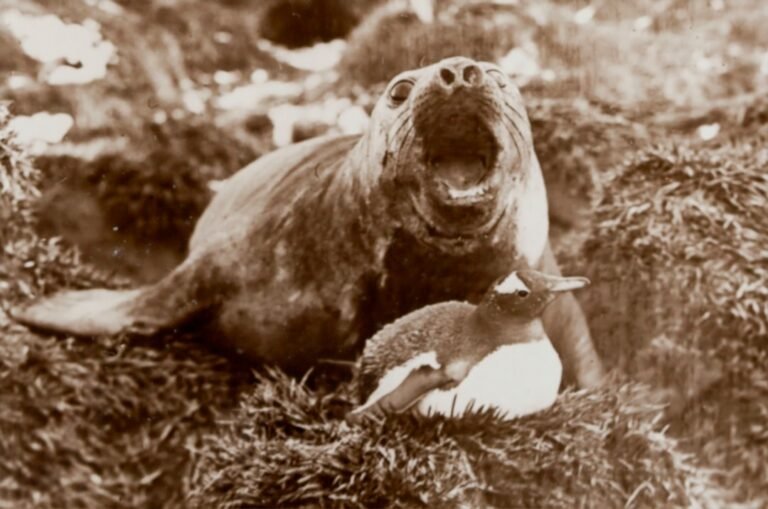
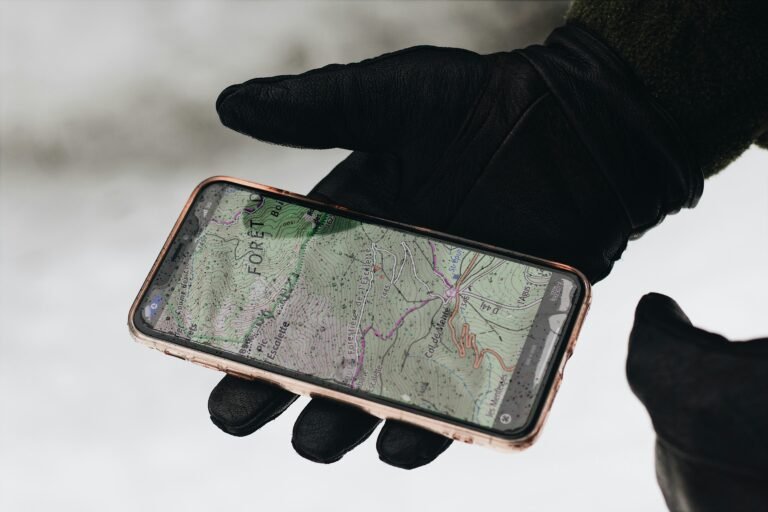
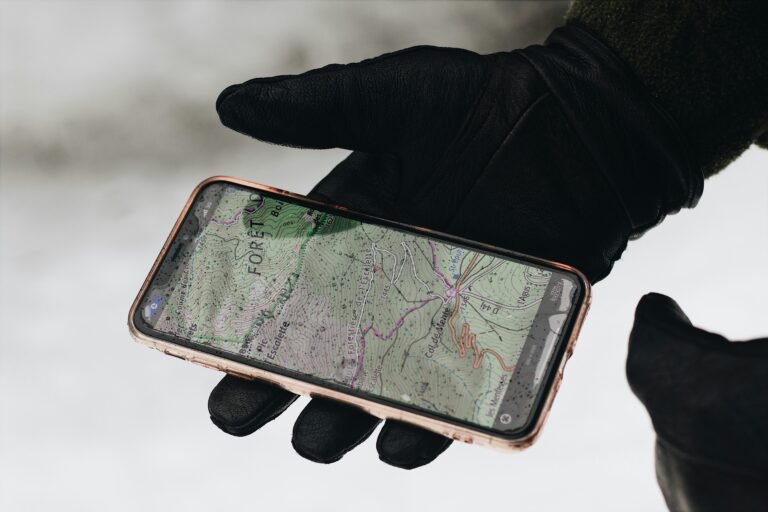

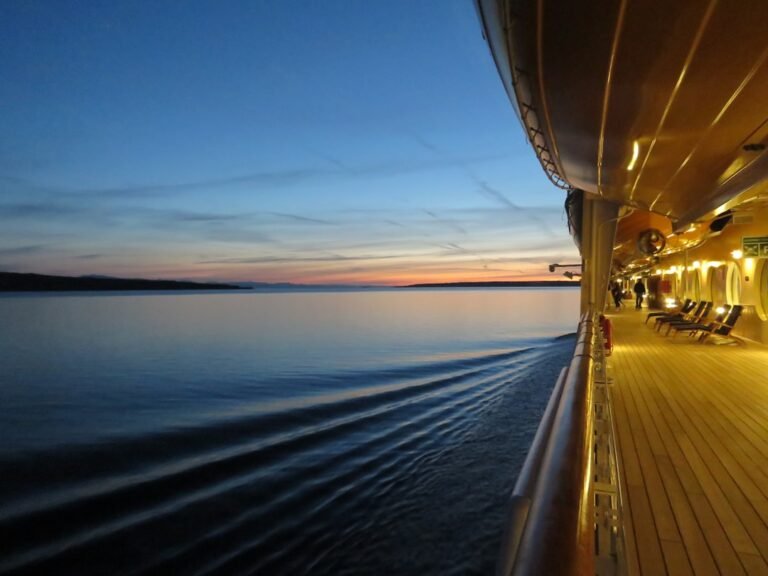
Leave feedback about this